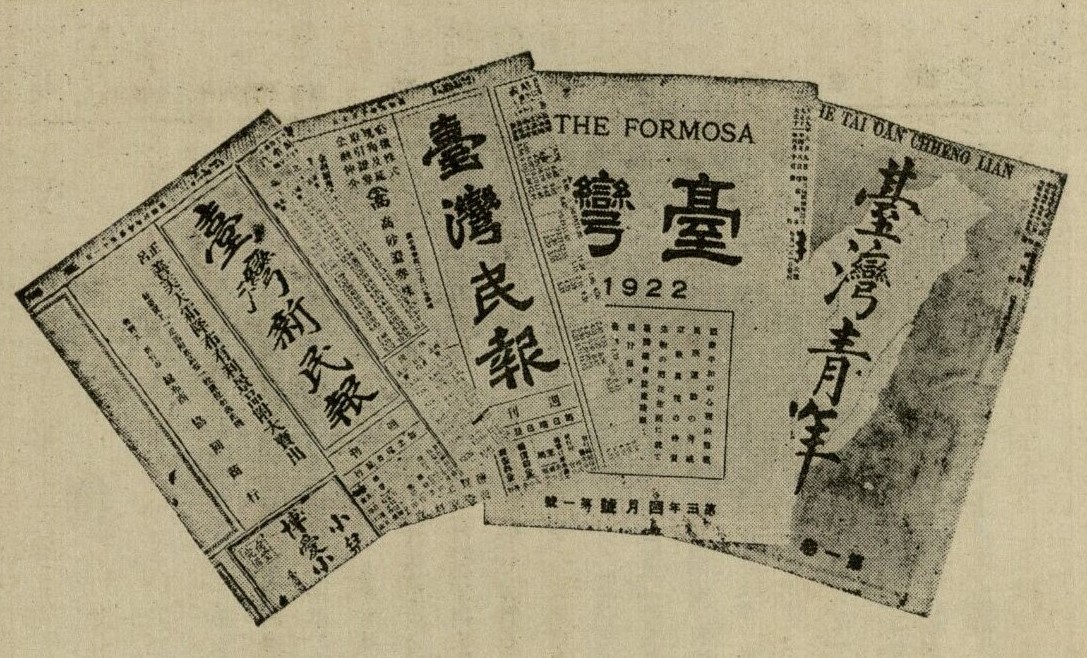|
Before 1940, news on finance and the economy appeared separately on a single page. The contents included financial news in Japan and abroad, major economic policies, Taiwan’s trade volume, activities and personnel information of various industrial groups, and occasionally serial reports on economic-related issues. With national mobilization for a total war, news on economic control gradually increased, including regulatory measures on companies and formation of unions as well as reports on enforcement of control policies. Everyday contents carried in the 「市價及商況」(“Market & Business”) column on this page were updates on securities and stock markets, prices of commodities (rice in particular), foreign exchange and investment information. The Chinese pages of the daily edition published from time to time anonymous short comments on the economy and industries in the 「日清帳」(“Daily Accounts”) column, which was later titled 「照明燈」(“Beacon”), until Kounan Shinbun (Kounan News) ceased publication. (Figure 12)
Figure 12 On August 13, 1943, Kounan Shinbun (Kounan News) published in the “Beacon” column of the Finance page critical comments on the lengthy review of the government over a business project put forward by the subsidiary of the Taiwan Development Co., Ltd., recommending simplification of the processes involved to avoid negative impact on productivity. In addition, with the total number of pages being cut, this same page also contained radio programs and serial novels, which used to be in the Entertainment and Arts page. Source: Kounan Shinbun (Kounan News) No. 4516 (1943-08-13), Records of the Taiwan Shinminpo (T1119_03_031_0013).
Law-related reports were also regular contents of the newspaper. During the Japanese colonial era, the Government-General of Taiwan introduced modern Western laws to Taiwan. While the society gradually got accustomed to acting in accordance with the law, lack of legal knowledge still caused unintentional violations, resulting in loss of rights and interests. In view of this, the newspaper had a designated page for readers to raise questions which would be answered by professional Taiwanese advocates (lawyers). The related columns were titled「法律經濟解答」 (“Legal & Economic Q&A”) and 「法律解答」(“Legal Answers”) and were published weekly till April 1938. (Figure 13) Lawyers who took charge of responding included Wu Hong-chi and Tsai Shih-ku, and later by Shih Ping-hsun. The issues involved loans, land disputes, fraud, inheritance and so on. In addition, legal knowledge could also be found in the program introduction of the radio program 「家庭法律講座」(“Lectures on Family Law”), which recorded in details the topics and arguments presented, focusing mainly on the interpretation of civil laws related to gender and inheritance.  Figure 13 On November 20, 1933, the column 「法律經濟解答」 (“Legal & Economic Q&A”) carried answers provided by lawyer Tsai Shih-ku to readers’ queries. One of the questions was raised by a father on whether the status of the child bride of his son could become his adopted daughter instead because his son refused to marry her. The reply stated that in most cases the biological parents of the child bride would have to pay a considerable sum of money to redeem their daughter. Source: The Taiwan Shinminpo No. 989 (1933-11-20), Records of the Taiwan Shinminpo (T1119_02_023_0020). |
 |




